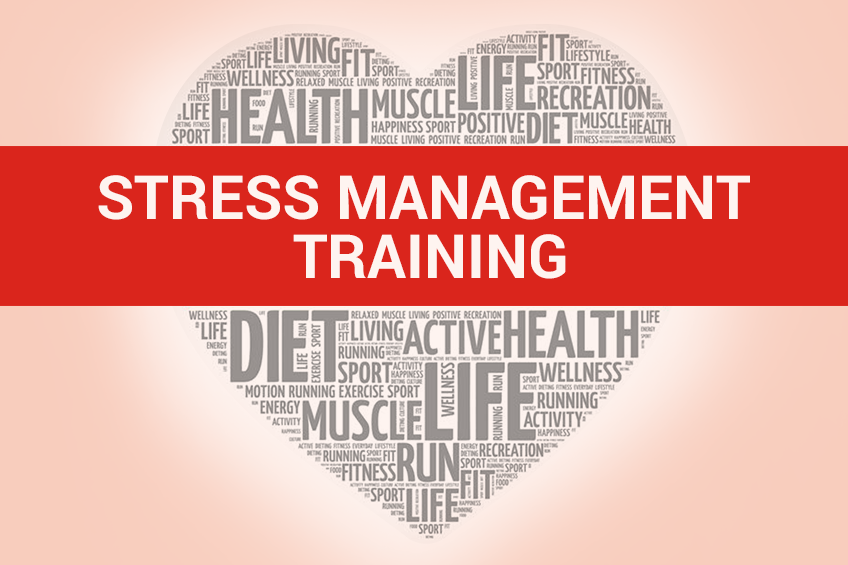
Embarking on a Health Journey: Practical Guidance for Intermittent Fasting
Understanding Intermittent Fasting: The Basics Unveiled
Intermittent fasting has gained popularity as an approach to eating patterns rather than a specific diet. It involves cycles of eating and fasting, with variations in time frames. Understanding the basics of intermittent fasting is the first step in implementing this approach effectively for health and well-being.
Choosing an Approach: Finding the Right Fit for You
Intermittent fasting comes in various forms, such as the 16/8 method, where you fast for 16 hours and have an 8-hour eating window, or the 5:2 method, involving two days of reduced calorie intake per week. Selecting an approach that aligns with your lifestyle, preferences, and health goals is crucial for long-term success.
Meal Planning: Creating Balanced and Nutrient-Rich Meals
During eating windows in intermittent fasting, meal planning plays a vital role. Focus on creating balanced meals that include a variety of nutrients—lean proteins, whole grains, healthy fats, and ample fruits and vegetables. This approach ensures you meet your nutritional needs while optimizing the benefits of intermittent fasting.
Hydration: Staying Nourished Throughout Fasting Periods
Proper hydration is essential during fasting periods to support overall health and well-being. Water, herbal teas, and black coffee are typically allowed during fasting hours. Staying hydrated helps curb hunger, supports bodily functions, and contributes to the success of your intermittent fasting journey.
Mindful Eating: Enhancing Awareness and Enjoyment
Intermittent fasting is not only about when you eat but also about how you eat. Mindful eating practices, such as savoring each bite, paying attention to hunger and fullness cues, and avoiding distractions during meals, enhance your overall eating experience and contribute to the success of intermittent fasting.
Managing Hunger: Strategies for a Balanced Approach
Hunger management is a common concern during fasting periods. To address this, consider incorporating filling and nutrient-dense foods into your meals. Additionally, listen to your body’s hunger signals and gradually adjust to the fasting schedule to make the process more sustainable.
Monitoring Progress: Reflecting on Your Health Journey
Regularly monitor and reflect on your progress with intermittent fasting. Pay attention to how your body responds, energy levels, and overall well-being. If you experience any adverse effects, consult with a healthcare professional to ensure that intermittent fasting is suitable for your individual health circumstances.
Exercise and Intermittent Fasting: Finding the Right Balance
Exercise can complement intermittent fasting, but finding the right balance is essential. Engage in physical activity during eating windows to support muscle health and overall fitness. Listen to your body and adjust the intensity and timing of your workouts based on how you feel.
Sleep and Stress Management: Holistic Well-Being Matters
Intermittent fasting is part of a broader approach to health, which includes adequate sleep and stress management. Prioritize quality sleep and incorporate stress-reducing practices into your routine. A holistic focus on well-being enhances the effectiveness of intermittent fasting and contributes to overall health.
Intermittent Fasting Guidance: A Resource for Further Insights
For more in-depth insights into implementing intermittent fasting successfully, visit Intermittent fasting guidance. This resource provides additional tips, expert advice, and a comprehensive guide to support your intermittent fasting journey.
Conclusion: Thriving with Intermittent Fasting
Intermittent fasting can be a transformative approach to eating patterns when implemented thoughtfully. By understanding the basics, choosing a suitable approach, planning meals mindfully, and addressing aspects like hydration, hunger, and well-being, you can thrive with intermittent fasting as part of a balanced and healthy lifestyle.




